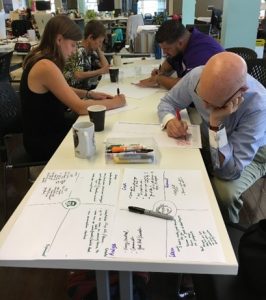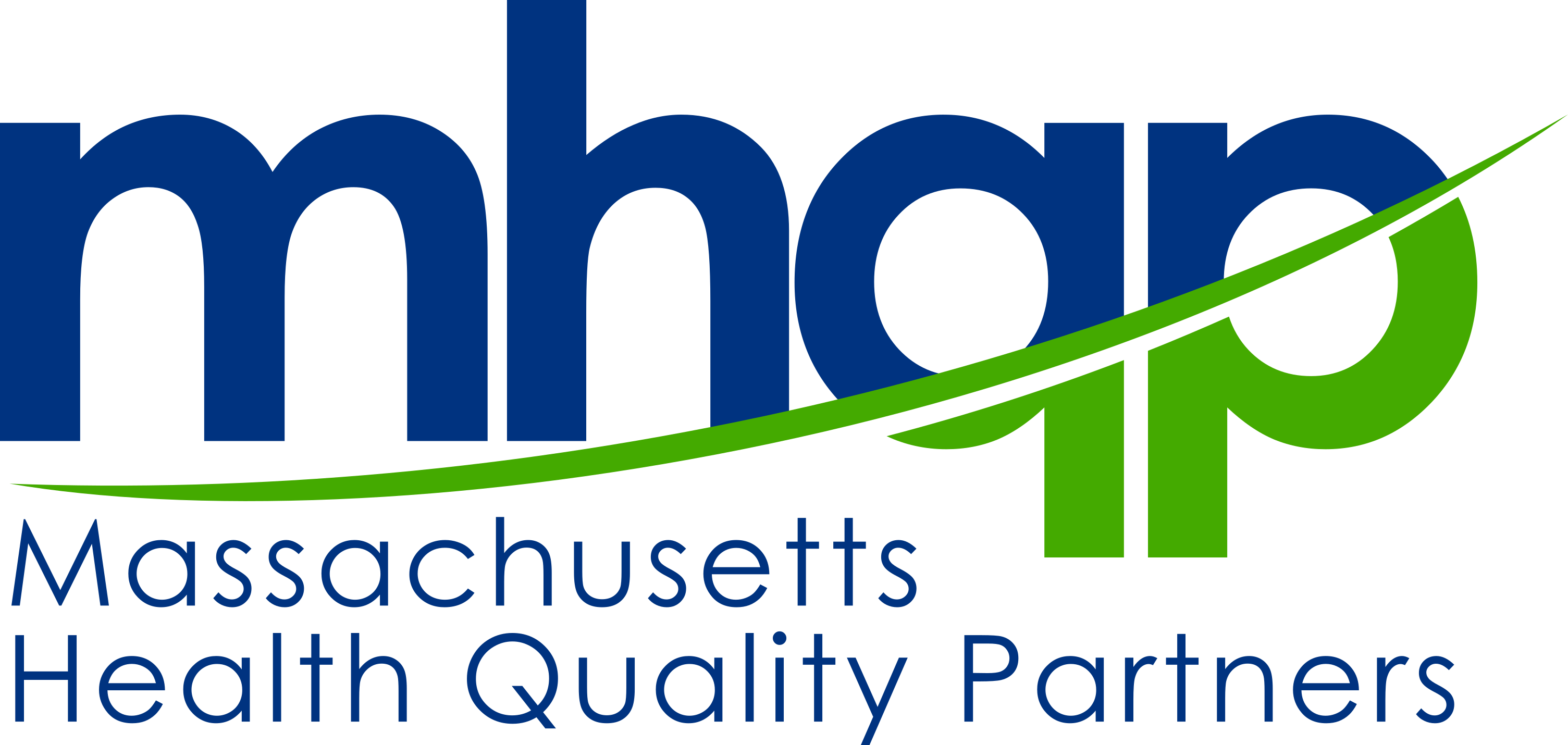Using Human-Centered Design to Improve Pain Assessment and Management
(2017)
What We Did:
This groundbreaking project explored alternatives to the current ways providers assess and manage pain to better calibrate pain assessment with opioid prescribing. This effort, which was driven by members of MHQP’s Consumer Health Council, sought to involve patients in improving the traditional 10-point scale to assess pain.
 Working with Mad*Pow, a human-centered design firm, we created a collaborative design process to understand the problem and identify testable approaches to solve the problem. The team conducted a comprehensive literature review to understand current approaches and generate ideas, and then interviewed multiple stakeholders to fully understand the unique perspectives of patients, PCPs, pain specialists, advocates, surgeons, nurses, researchers, payers and pharmacists on this issue.
Working with Mad*Pow, a human-centered design firm, we created a collaborative design process to understand the problem and identify testable approaches to solve the problem. The team conducted a comprehensive literature review to understand current approaches and generate ideas, and then interviewed multiple stakeholders to fully understand the unique perspectives of patients, PCPs, pain specialists, advocates, surgeons, nurses, researchers, payers and pharmacists on this issue.
With this strong foundation laid, the team led an all-day co-design workshop with representatives from each stakeholder group, using a human-centered approach which focuses on designing possible solutions with the people most affected. The group took a “deep dive” into the perspectives from all of those involved, understanding the obstacles and challenges and exploring ideas to help improve the situation. Results of this exploration were presented in a webinar on November 27, 2017.
MHQP is currently seeking sponsors and collaborators for these next phases of work. If interested, please contact Barbra Rabson at brabson@mhqp.org.
Who Was Involved:
The initiative was funded by CIGNA. Mad*Pow helped lead the design process with multiple representatives from multiple stakeholder group.
Why This Work Matters:
The tools currently used to assess pain, and the ways in which providers communicate with patients about managing their pain in this country, are dysfunctional and lead to unnecessary suffering.
MHQP championed and co-led this initiative out of a desire to help reduce the burden of the opioid crisis and improve care for patients in pain. We believed we could be helpful in this effort because of two fundamental philosophical pillars that drive all of our work: first, that the experiences of patients and families are key to helping us improve how we provide care; and second, that we can best solve problems in our health care system by bringing all stakeholders together to help co-design solutions.
Related Resources:
- The breakthrough insights and recommendations from this innovative work were summarized in a webinar on November 28, 2017, and can be accessed via the links below:
